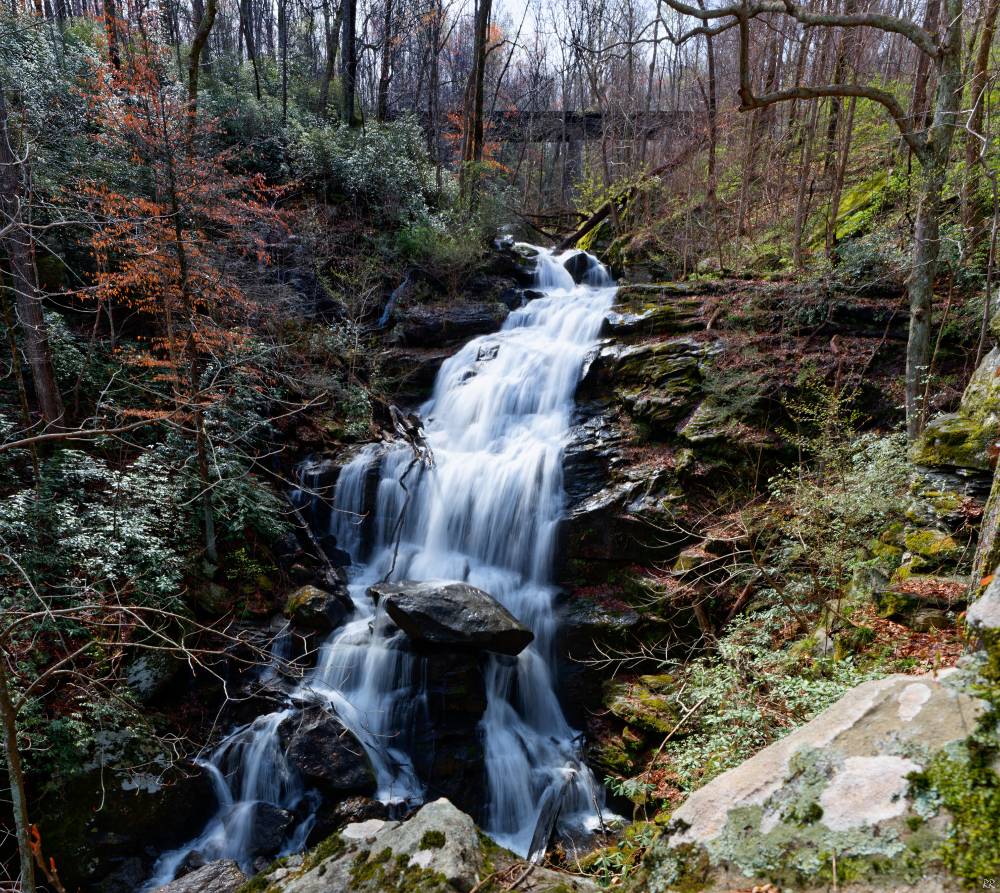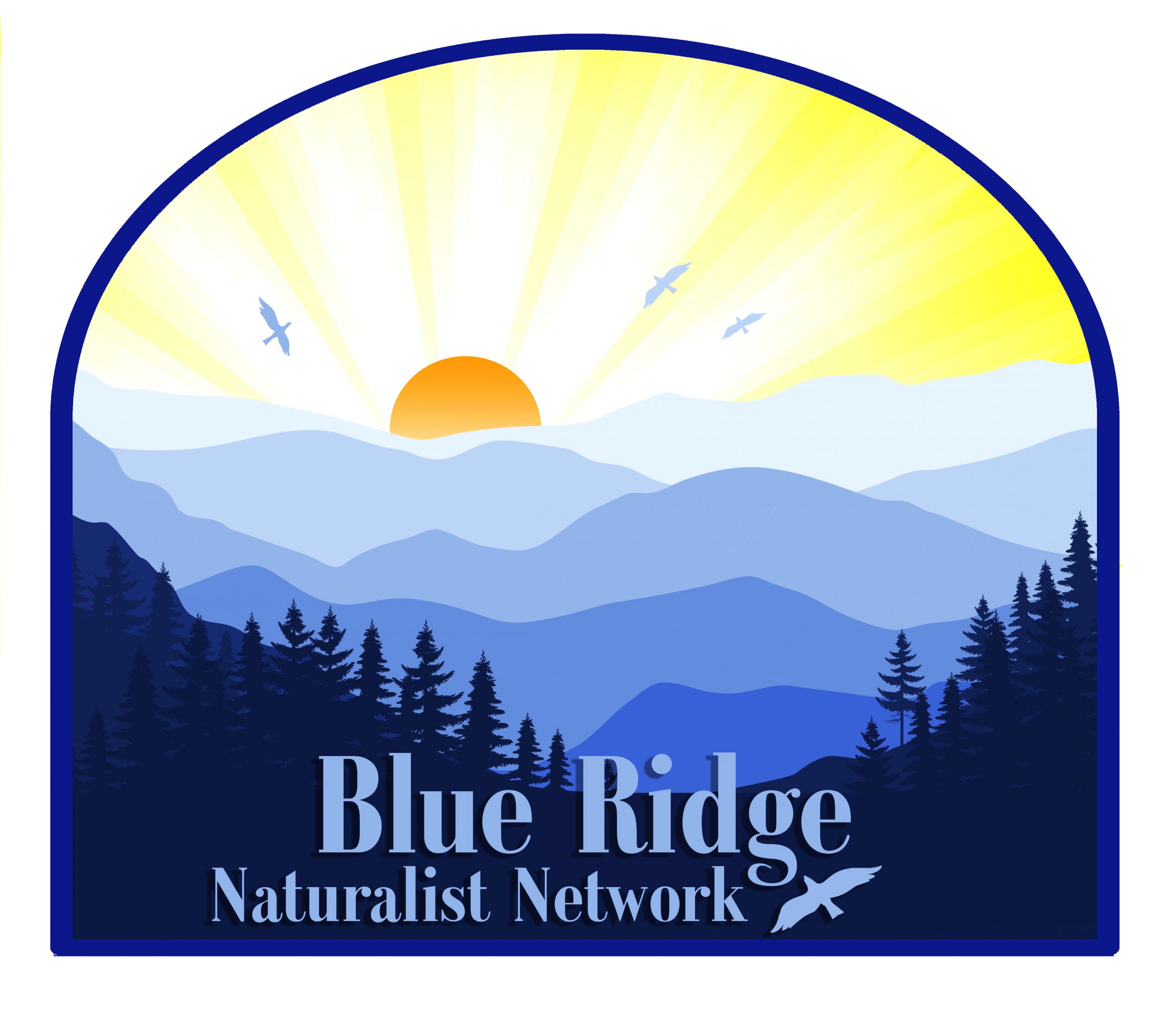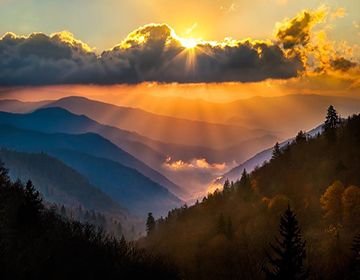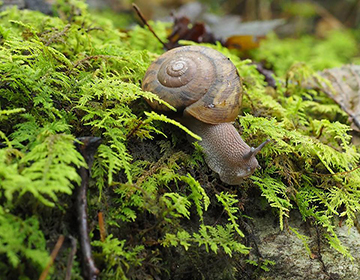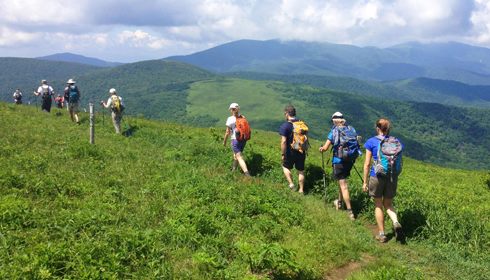Wildflower Walk at Twin Bridges
As naturalists we’re always keen to see spring arrive, so again in 2022 we organized a preview for late March at the Twin Bridges site in Polk County at the bottom of the escarpment outside Saluda. Given the challenges with parking there, we arranged three different dates, each led by member guides, and saw a total of 22 members participating. And fortunately the weather cooperated for all three dates, even if some of the hikes started out a little chilly.
